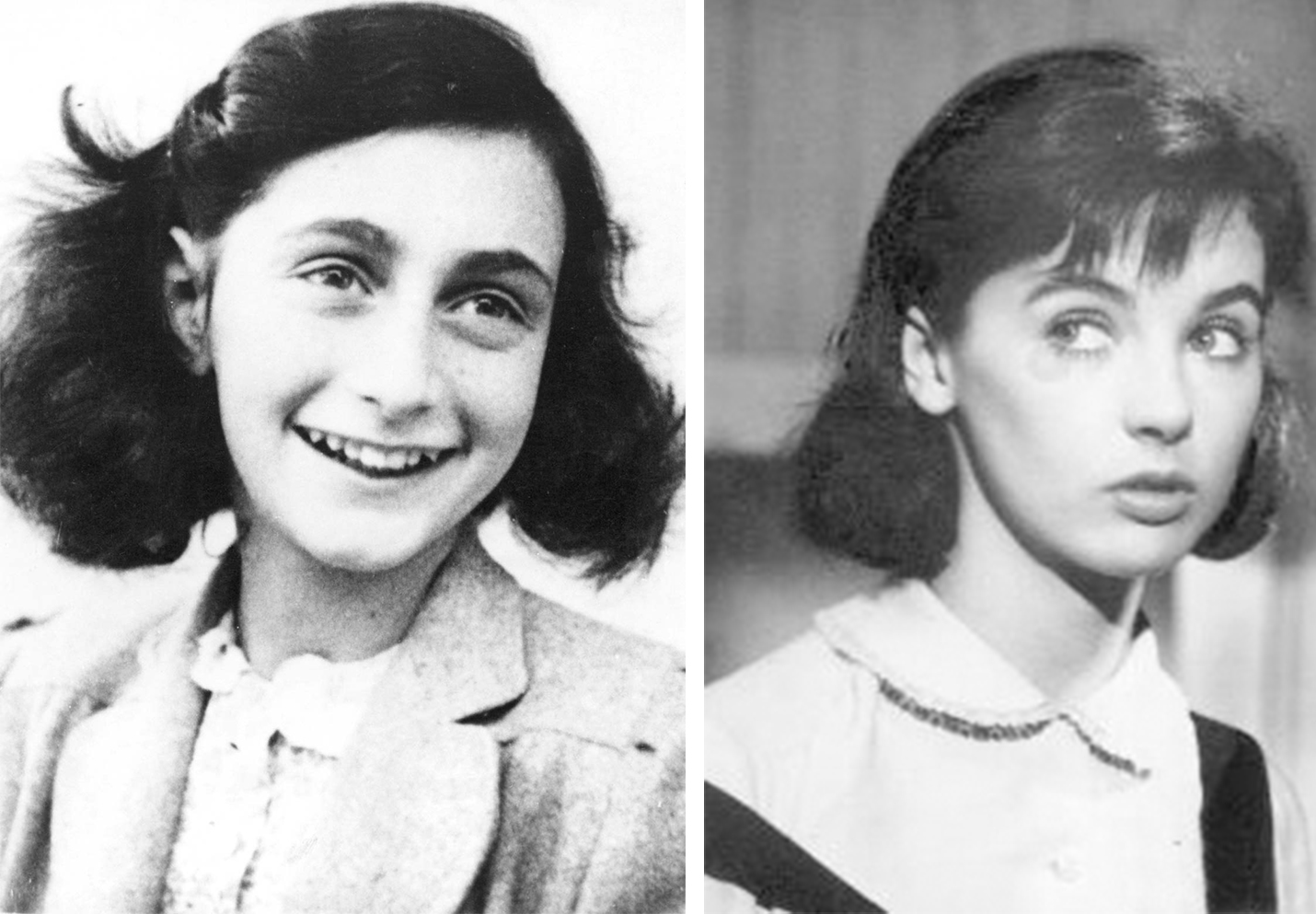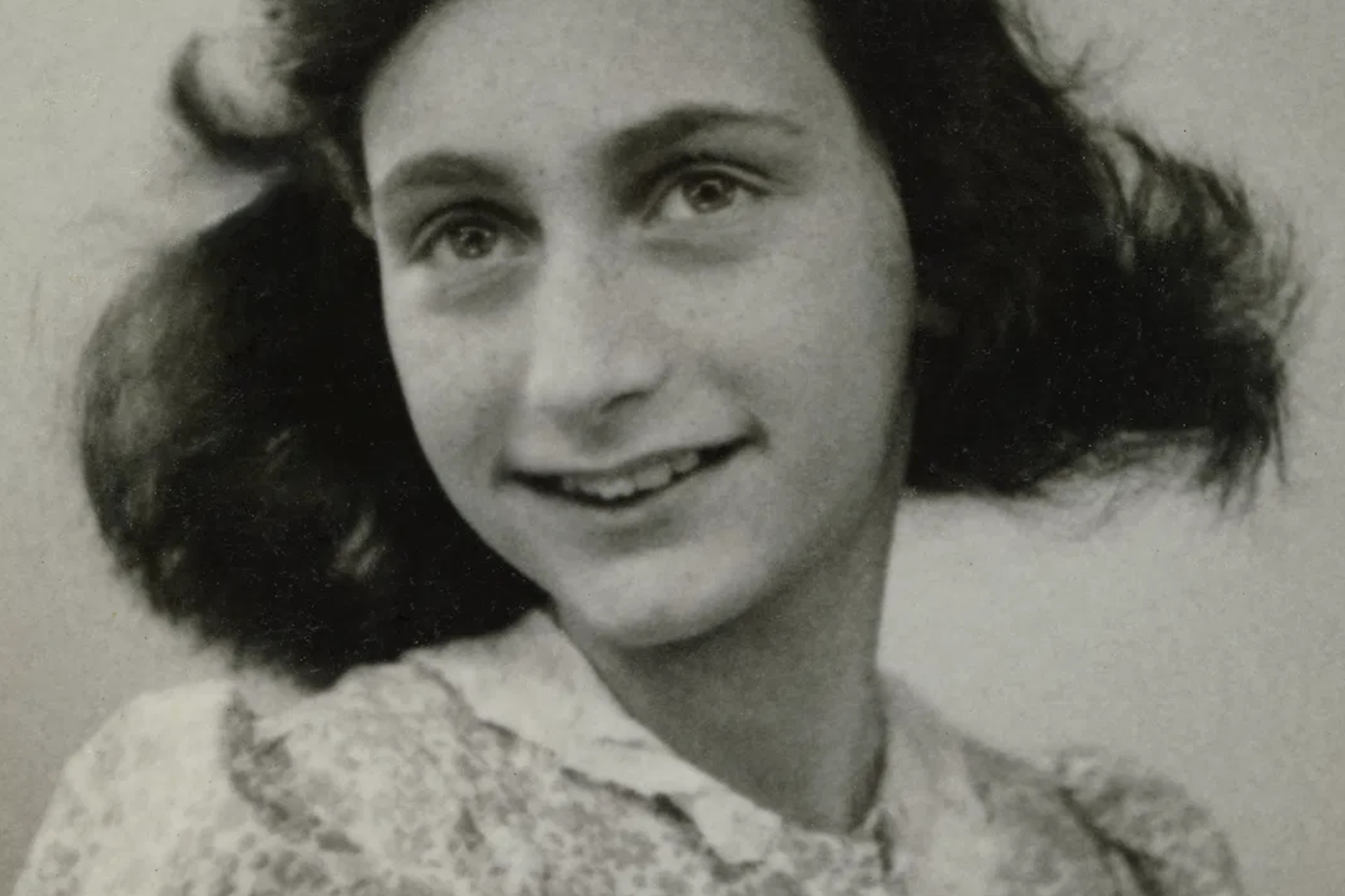By Tim Gihring //
On July 15, 1944, a few weeks after her 15th birthday, Anne Frank wrote in her diary, “It’s a wonder I haven’t abandoned all my ideals; they seem so absurd and impractical. Yet I cling to them because I still believe, in spite of everything, that people are truly good at heart.” At that point, Frank had spent 741 days hiding from the Nazis in her family’s “secret annex” in the heart of Amsterdam, along with her parents, her sister, and four other Jewish people. Less than a month later, they would all be captured. Less than a year later, only her father, Otto Frank, would still be alive.
Anne Frank’s faith in humanity wavered by the day. “There’s a destructive urge in people, the urge to rage, murder, and kill,” she wrote in May 1944. Yet her “good at heart” line has become one of her most-quoted sentiments—not least because Otto Frank promoted it. People want to believe in the essential goodness of humans because the alternative is depressing. And if Anne Frank could believe it, in the shadow of imminent doom, who couldn’t?
Mauricio Lasansky was in New York during that summer of 1944, finishing up the second year of a Guggenheim Fellowship. He was 30 years old and already an accomplished printmaker, and when his fellowship ended he accepted a teaching position at the University of Iowa, in Iowa City. He thought he would stay for a year. Instead he stayed for 40, establishing one of the country’s most dynamic printmaking programs. In 1958, TIME magazine called him “perhaps the most influential print-man in the U.S.”
Lasansky was the son of Jewish immigrants from Lithuania, and for a long time after the end of World War II he wrestled uneasily with the Holocaust in his art. In the war’s immediate aftermath, the genocide of European Jews was not widely understood, and those who did understand did not necessarily want to be reminded of it. Otto Frank shopped his daughter’s diary around to publishers for years without success, and when it was finally published in English, in 1952, it was marketed as a sentimental story about a precocious girl who happened to be Jewish.

Left: Anne Frank in an image from a May 1942 passport shoot (Collection of the Anne Frank House, public domain). Right: Actress Millie Perkins portraying Frank onscreen in “The Diary of Anne Frank,” 1959. (Detail of publicity still. Public domain. Source: Wikipedia Commons.)
Indeed, in the exhibition catalogue for “Envisioning Evil: The Nazi Drawings by Mauricio Lasansky,” on view at Mia through June 26, the exhibition curator Rachel McGarry presents the reception of Anne Frank’s diary as a case study of the public’s evolving awareness of the calamity in the 1940s and ’50s. Eleanor Roosevelt wrote the introduction to the diary. Anne Frank’s face was prominent on the cover—she was the literal poster child for a kind of spunky 1950s girl power. Soon the book was adapted for television, then Broadway, then Hollywood, and with each production the story became less Jewish and more upbeat. In the 1959 movie, Frank was played by Millie Perkins, a 23-year-old model from New Jersey who bore an uncanny resemblance to Audrey Hepburn. The movie poster shows her dancing, goofing with her family, and about to neck with a boy who looks like Ricky Nelson. (It’s actually Richard Beymar, who would play Tony, the finger-snapping gang leader, in the film version of West Side Story two years later.)
Lasansky settled on his approach to the Holocaust in 1961, when the televised trial of Adolf Eichmann brought the reality of the concentration camps into living rooms around the world. As seen in a film within the “Envisioning Evil” exhibition, Eichmann’s unassuming, unrepentant appearance in the courtroom put a chilling face on what had been, for many people, an abstraction of evil. Here was a guy who looked like your uncle or your coworker (indeed, he had been working at a Mercedes Benz plant in Buenos Aires when he was captured by Israeli spies). And yet, as the architect of the Final Solution, he’d overseen the deaths of some six million Jews.
Lasansky’s response was to depict the monstrousness of Nazi degradation without trying to be clever or artful, and certainly without bowdlerizing. His series, known as “The Nazi Drawings,” would be as raw and unfiltered as the testimony at Eichmann’s trial—more horror movie than rom-com. It would be everything that Anne Frank’s legacy, up to that point, was not. Using a simple pencil and paper, along with some collage and color, he spent the next decade creating the 33 images in the series (which “Envisioning Evil” presents in its entirety, a rare opportunity to see all the images together.) When he finished, he had captured something of the essence of evil. If humans are not inherently evil, he seemed to say, evil is inherently human. Any one of us might be capable of it, under the right circumstances.
In a 1997 essay published in the New Yorker, the writer Cynthia Ozick scorned the popular interpretations of Frank’s diary that “infantilized, Americanized, sentimentalized, falsified, kitschified, and, in fact, blatantly denied” Frank’s experience. The reality is right there in Frank’s musings, she noted, for anyone who looks past the pull quotes. “I see the world being slowly transformed into a wilderness, I hear the approaching thunder that, one day, will destroy us too, feel the suffering of millions,” Frank wrote, just before her infamous line about human goodness. As Lasansky urged, we shouldn’t be afraid to look this evil in the eye, even if it means examining ourselves.
“Envisioning Evil: ‘The Nazi Drawings’ by Mauricio Lasansky,” showcasing the full series and its background, runs through June 26 at Mia.



